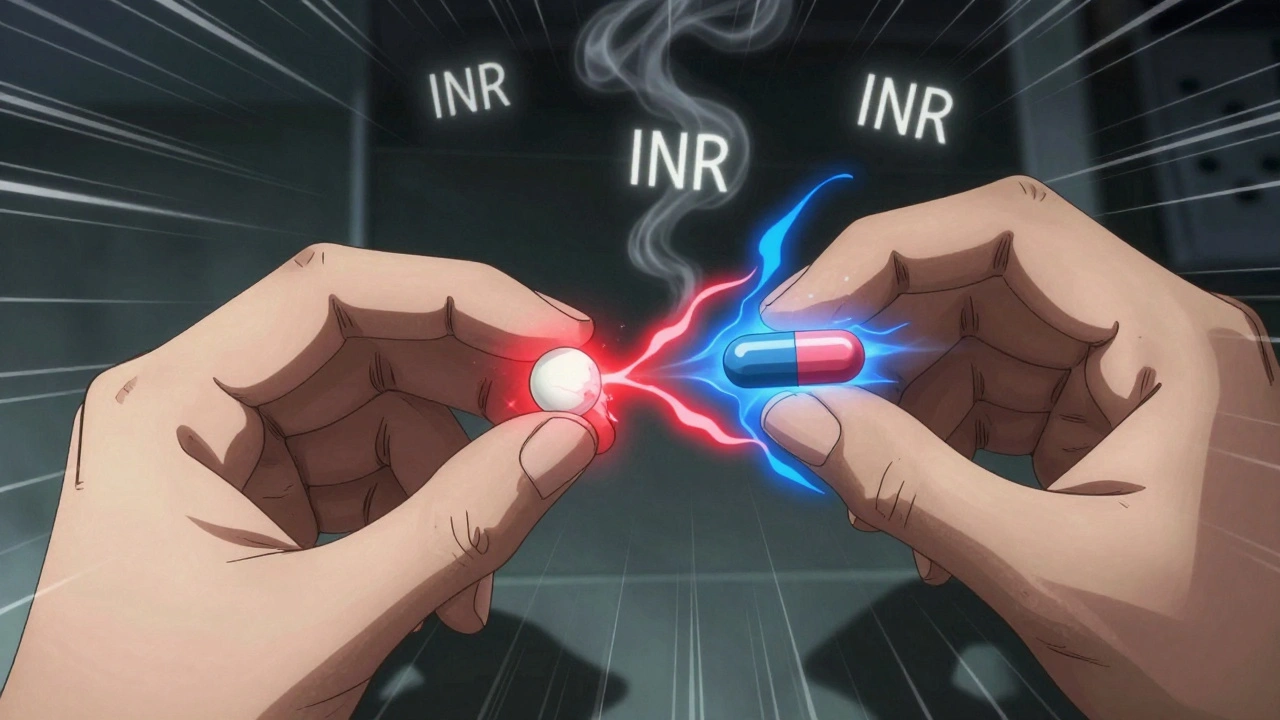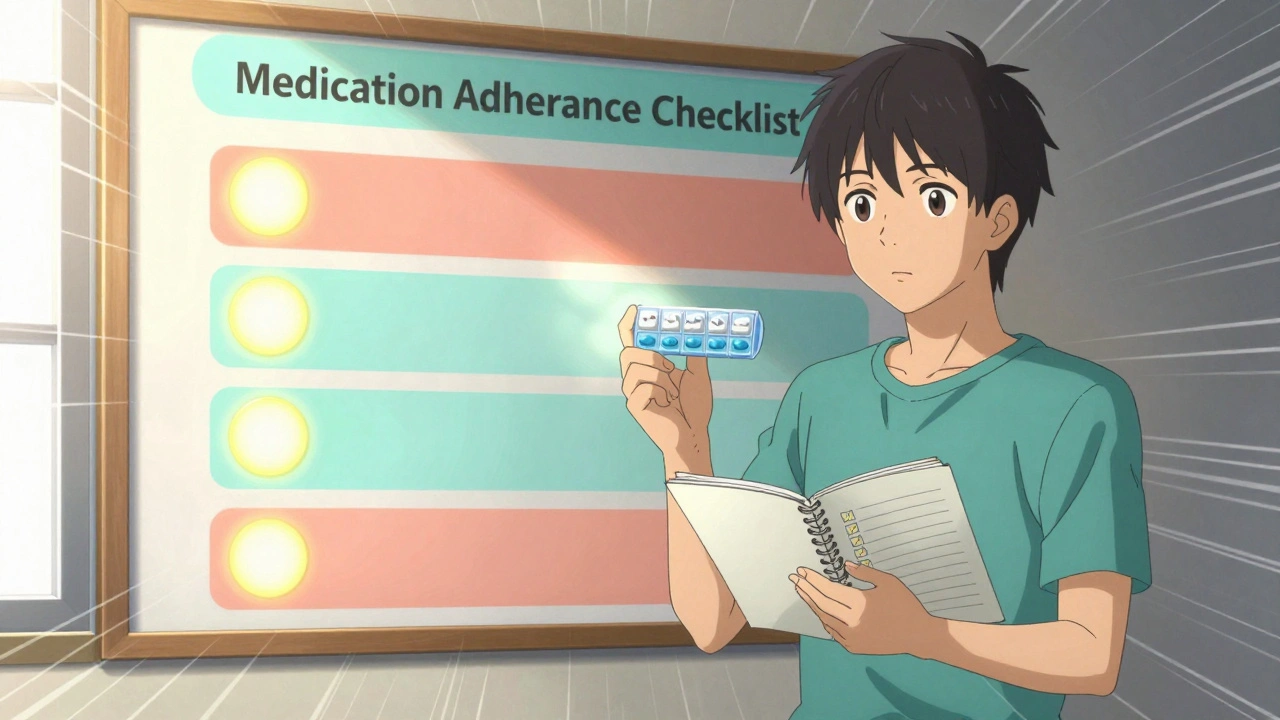Household Chemicals: What You Need to Know About Safety, Alternatives, and Daily Risks
When you think of household chemicals, common substances used in cleaning, pest control, and laundry. Also known as domestic chemicals, these are the sprays, powders, and liquids you grab without a second thought—until something goes wrong. They’re in your kitchen, bathroom, garage, and even under the sink in the laundry room. But most people don’t realize how often these products are linked to breathing problems, skin irritation, or even long-term health risks—especially in kids and older adults.
It’s not just about bleach or ammonia. cleaning products, formulations designed to remove dirt, grease, or germs. Also known as household cleaners, it includes everything from oven cleaners to toilet bowl tablets. Many contain volatile organic compounds (VOCs) that linger in the air after use. A 2022 study in the European Respiratory Journal found that people who used cleaning sprays weekly had a 20% higher risk of developing asthma over ten years. That’s not a fluke. It’s a pattern. And it’s happening in homes everywhere.
Then there’s toxic exposure, the unintended contact with harmful substances through inhalation, skin contact, or ingestion. Also known as chemical poisoning, it doesn’t always come from spills or accidents. It can happen slowly—through daily use of air fresheners, disinfectant wipes, or even laundry detergent fumes. Kids crawl on floors treated with disinfectants. Pets lick surfaces cleaned with strong chemicals. And many of these products aren’t labeled clearly about long-term effects. You don’t need to be an expert to see the problem: if you can smell it strongly, you’re probably breathing it in.
Thankfully, you don’t have to choose between a clean home and your health. alternative cleaners, non-toxic or naturally derived products that replace harsh chemical formulas. Also known as eco-friendly cleaners, it is growing fast. Vinegar, baking soda, castile soap, and even hydrogen peroxide can handle most jobs without the fumes. Some brands now offer refillable, plant-based options that work just as well—and cost less over time. You don’t need to buy everything new. Start by swapping one product: replace your all-purpose spray with a mix of water, vinegar, and a few drops of essential oil. See how it goes.
The posts below don’t just list dangers. They show you what’s actually in your cleaning supplies, how they interact with your body, and which swaps make real difference. You’ll find comparisons of common products, tips for reducing exposure in homes with kids or pets, and real stories from people who changed their habits after a health scare. No fluff. No marketing. Just what works—and what doesn’t.
How to Separate Household Chemicals from Medication Storage for Safety
Learn how to safely separate household chemicals from medication storage to prevent poisoning, protect medicine effectiveness, and keep your family safe. Simple steps for every home.






